There’s no doubt you’ve heard of sumo wrestling and seen the larger-than-life men who carry it out, but have you ever thought about actually attending a sumo wrestling match in Japan?
At first glance, sumo wrestling can come across like just a bit of slapstick entertainment, but this is actually very serious stuff, which is something you will come to learn if you go along to a tournament or even a training session. We know not everyone will get the chance to attend a big sumo wrestling tournament on their visit to Japan, so we’ve compiled a list of some of the best ways to feast your eyes on some sumo wrestling action and get a feel for this iconic part of Japanese culture.
1. What is sumo wrestling?
Dating back 1,500 years, the sport began as part of Shinto ritual, taking shape in the form of a performance outside shrines to honour the spirits in the hope of receiving a bountiful harvest.
Some of this tradition remains today, with Shinto purification rituals taking place in the ring prior to the contestants entering. Protocols around these traditions are very strict; so much so that women are never allowed to enter a sumo ring as they are considered to violate its purity.
The wrestling portion of the tournament itself is actually very short and each stint can last just a few seconds up to a few minutes at a time. The way it works is that each session begins once both wrestlers have their hands placed on the ground. This helps to build excitement and each bout of wrestling is usually prolonged by a psych-out session where wrestlers will pretend to be ready before purposely flaking out to put their opponent off. The match ends when either one of the wrestlers is thrown out of the ring or when any body part (except for the soles of the feet) touches the ground.
Although it happens rarely, if a wrestler loses their loin cloth they are instantly disqualified because, you know, public nudity and all that.
2. Who are sumo wrestlers?
Sumo wrestling in Japan is more than just a job – it’s a lifestyle - and the wrestlers must adhere to a rigorous schedule and set of rules in order to preserve their status.
The wrestlers face guidelines that dictate the way they speak and show emotion, as well as where they live and how they dress.
Sumo wrestlers live in ‘stables’ with up to 14 other athletes where they train and maintain their imposing physiques on a diet of hearty hot pots, sushi and deep-fried food. They are only permitted to move into private quarters if and when they marry.
Wrestlers are not allowed to drive, and they must dress in traditional Japanese clothing. Can you imagine other professional athletes sticking to these rules?
With all these restrictions, why would anyone choose to be a sumo wrestler? Well, being the national sport, naturally its athletes are revered – kind of like soccer players in Brazil. So, while it may mean nothing to westerners, it is worth knowing that sumo wrestlers are considered big celebrities in their home country and are treated accordingly, so the perks must be worth the constraints placed on them.
3. Does sumo wrestling happen all year round?
While you can get up close and personal with sumo wrestlers throughout the whole year, during January, May and September in Tokyo, you can actually attend a proper sumo tournament. The tournaments are a huge deal and if you manage to nab a ticket you can look forward to feeling the palpable energy of the crowd in the packed out Ryogoku Stadium.
Due to the popularity of these events and their infrequent nature, these tournaments do sell out, so it is recommended that you pre-book as soon as you have planned to visit Japan. If not sooner.
How much does it cost to go to a Grand Sumo Tournament?
Ticket prices range from $230AUD - $155AUD depending on time of year, the row you book, which stadium you attend and if you include a meal.
4. What can I expect from attending a sumo wrestling match?
Since it’s such a unique experience it’s hard to fully prepare yourself to watch a sumo wrestling match – there’s really nothing like it.
For one, you won’t be sitting on a hard plastic seat as you would at the footy, you’ll be on a cushion on the floor. The stadium will be packed to the rafters, with the ticket holders of the coveted ringside seats nervously anticipating whether or not this outing will be their last. Death by flying sumo wrestler might be an improbability but it’s not an impossibility!
The atmosphere will be electric as excited fans lose their traditional, polite sensibilities and cheer on their favourite wrestlers, and instead of a meat pie and beer, you’ll be snacking on a bento box and sipping sake.
What a fun day out!
5. Damn. I missed out on tickets. How else can I get a taste for the sport?
So, you didn’t get a ticket to the tournament or the dates didn’t line up with your schedule? Don’t worry. You can still see sumo wrestlers in their natural habitat as a spectator by taking a peek into the daily lives of how these athletes live and prepare for tournaments.
In private sessions, you can watch on as the men practice elaborate moves and techniques, giving you an inside look at their extensive training routines. Finish off your morning with a hot pot lunch, just like the wrestlers do!
Please note, as you must stay silent as part of this experience, it is only open to children aged 12 and above. Noisy adults take heed as well – you don’t want to disturb these big fellas while they’re in the zone.
6. Is it kid-friendly?
While it’s not recommended that you sit too close to the front (there’s a genuine risk of sumo wrestlers flying into the crowd) there’s no reason why kids can’t attend the event. In fact, attending a sumo wrestling tournament would be a totally immersive cultural experience for young ones of the right age and given the fast-paced nature of the matches, it will be hard for even the most easily distracted kids to lose focus.
If you think the tournament might be a bit full-on for your kids (the stadium may be too loud and overwhelming for some), there are still options for them to see sumo wrestlers in the flesh. Why not attend a more intimate session, inclusive of a sumo demonstration where they can pick up some moves and play in a sumo wrestler costume, topped off with a hot pot lunch?
7. How can I learn more about sumo wrestling while I’m in Tokyo?
There’s far more to learn about the 1500-year history of sumo wrestling than you can pick up simply by attending a tournament or training session.
If you want to find out more about this unique sport, you can take part in a sumo wrestling group walking tour that is guided by a former sumo wrestler who can tell you all there is to know.
Starting at either Ryōgoku Kokugikan or Ryōgoku Sumo Hall you will walk towards Ryōgoku Takahashi, a specialty shop stocking sumo-related goods you wouldn’t have even seen at the Sumo Hall. Here you will find souvenirs and other products for purchase.
As your guide informs you about the day-to-day life and routine of a sumo wrestler, you’ll make your way down Denbouin Street until you eventually hit Senso-ji Temple, an ancient Buddhist temple and the oldest in all of Tokyo.
Your guide will introduce you to those who work in the field of sumo wrestling, so now’s your chance to ask how they keep those top knots looking so perfect throughout the match!
Finally, you will arrive at Kaminarimon, the iconic gates of Senso-ji temple, where you can ask any last minute questions to your guide.
While you won’t get to see any wrestling on this tour, it provides the ideal environment to ask questions in a casual and informal setting and round out your sumo experience in Tokyo.
If you’re travelling to Tokyo in January, May or September and get the chance, you definitely can’t miss out on attending the Tokyo Grand Tournament, but if you don’t happen to score yourself a ticket there are plenty of other ways to enjoy sumo wrestling in Japan.

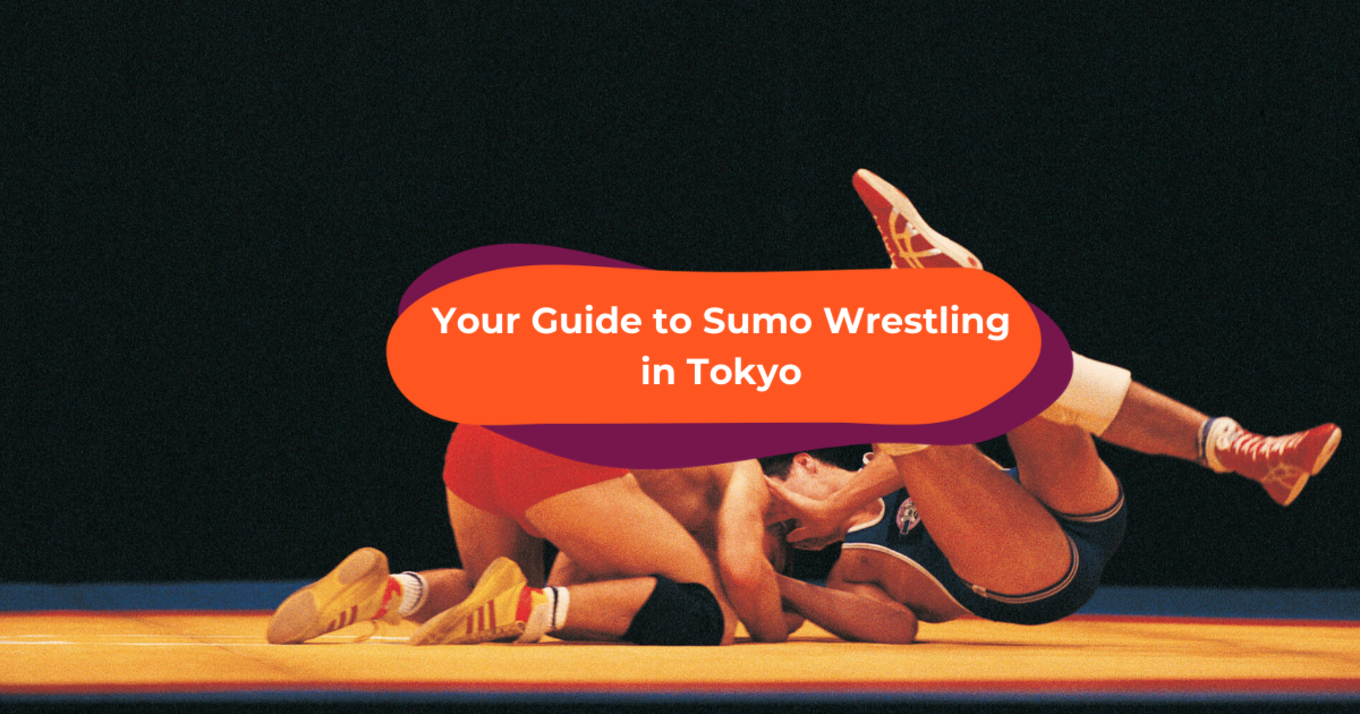
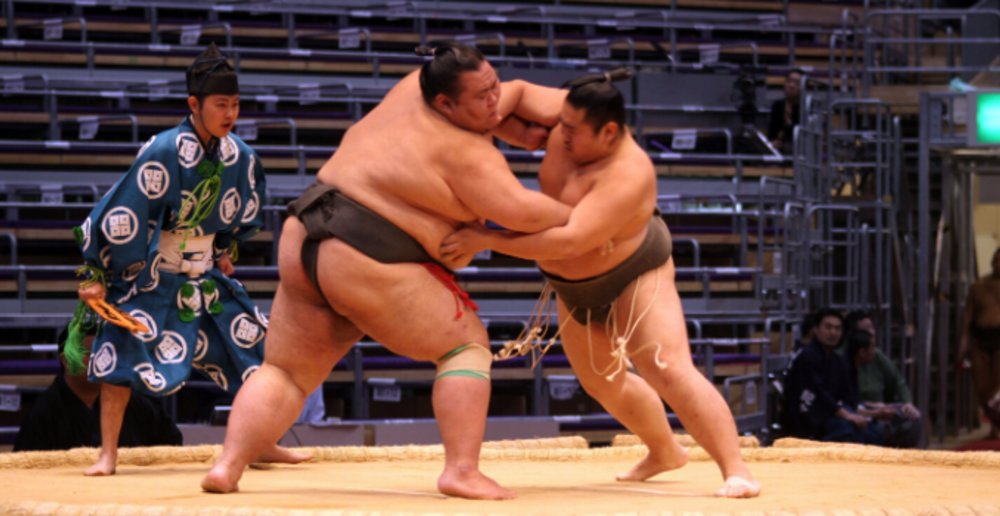
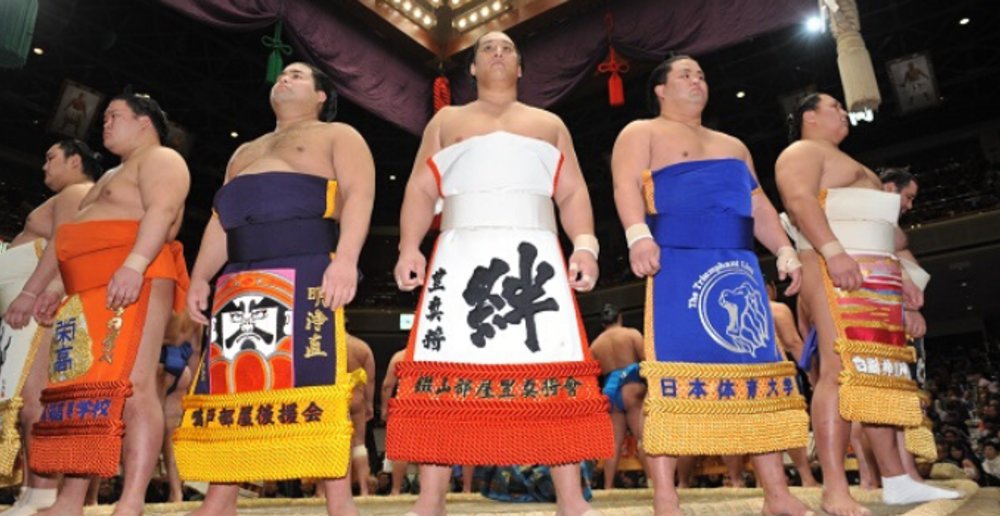




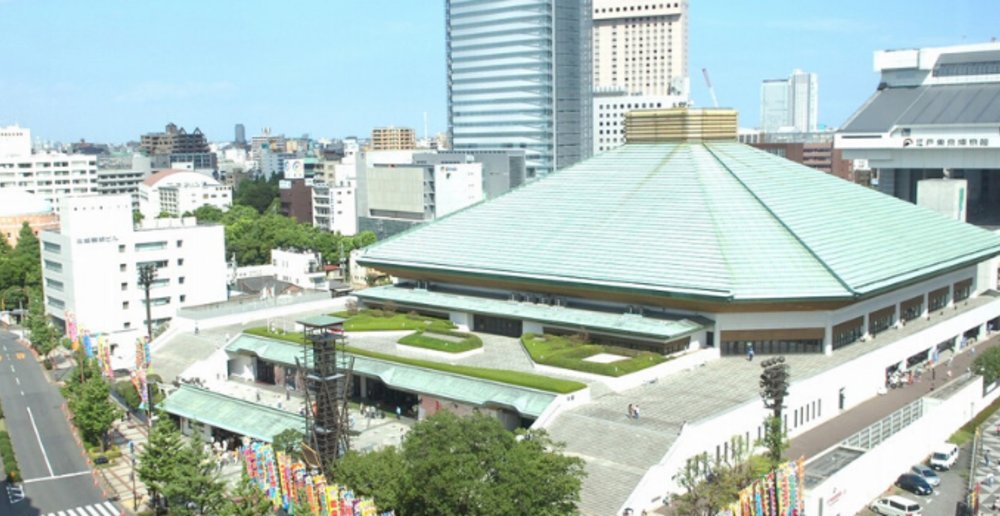
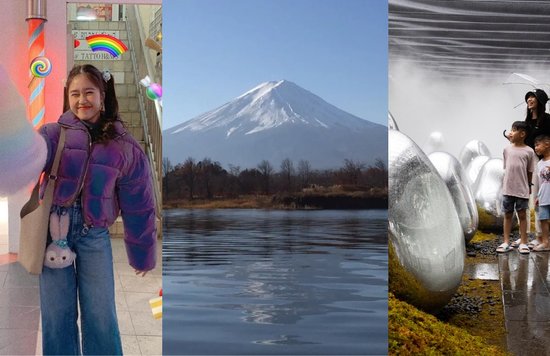



![[Updated] Complete List Of Official Nationwide MCO SOP 2021](https://res.klook.com/image/upload/fl_lossy.progressive,q_85/c_fill,w_160,h_104/v1633858858/blog/iso56uzsphmdguixkvzh.jpg)





![[Updated] Complete List Of Official Nationwide MCO SOP 2021](https://res.klook.com/image/upload/fl_lossy.progressive,q_85/c_fill,w_410,h_264/v1633858858/blog/iso56uzsphmdguixkvzh.jpg)






